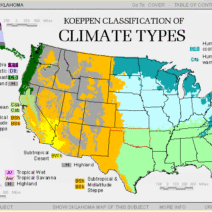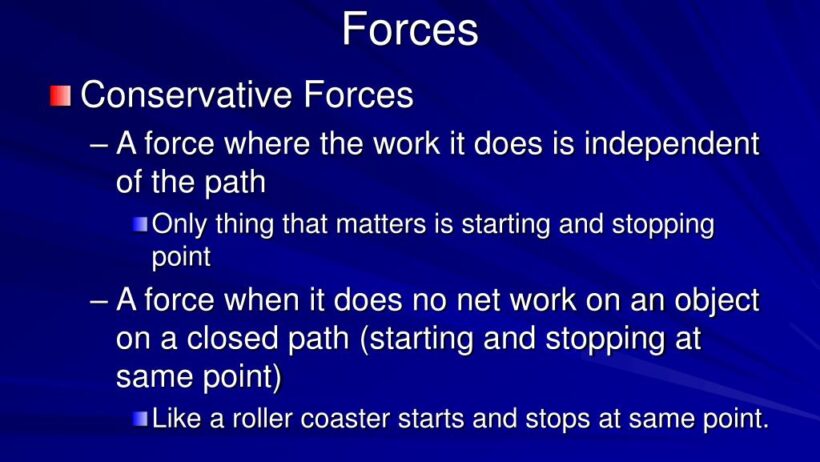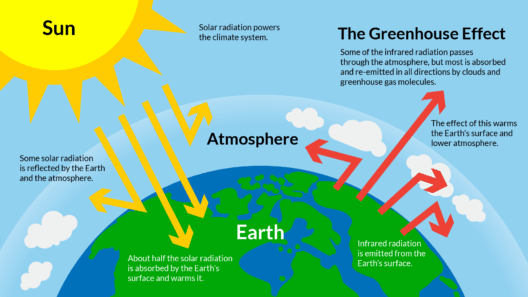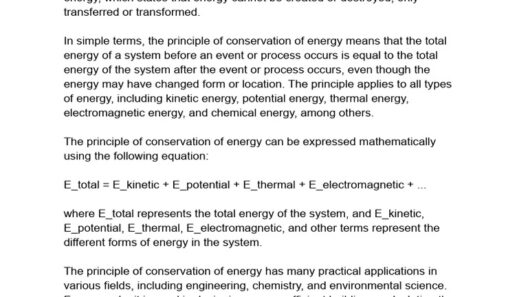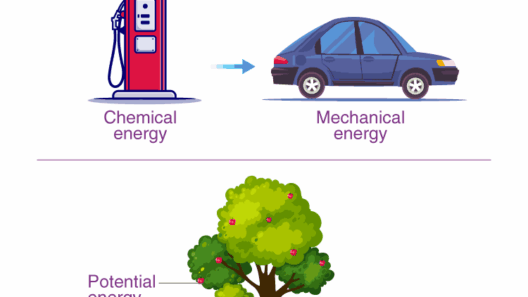The intricate tapestry of physics weaves a profound understanding of the universe, entwining concepts that govern motion and forces. At the cornerstone of this framework lies the notion of conservative forces and their associated potential energy functions. The essence of a conservative force is its ability to preserve mechanical energy within a system, revealing an elegant symmetry and conservation that fascinates scientists and enthusiasts alike.
In mechanical systems, conservative forces, such as gravitational and electromagnetic forces, do not dissipate energy through non-conservative means like friction. Instead, they store energy, channeling it in a way that can be recovered and utilized. Understanding this principle is vital in both theoretical physics and practical applications, from engineering to environmental science. The beauty of conservative forces beckons us to explore their potential energy functions and their broader implications.
In this exploration, we delve into the characteristics, mathematical formulations, and applications of conservative forces—sherpas guiding us through the landscape of potential energy. These concepts not only underscore fundamental physics but also hint at deep philosophical inquiries into the nature of energy and existence.
Unraveling the Characteristics of Conservative Forces
To frame our understanding, it is essential to highlight the defining traits of conservative forces. These forces, notably gravitational and elastic, adhere to the principle of path independence. This means that the work done by a conservative force on an object moving between two points depends solely on the initial and final positions, irrespective of the path taken. This property invites an inquiry into the underlying reasons for such independence—exuding a natural order that governs the universe.
Another hallmark of conservative forces is that they are associated with a potential energy function. For instance, when we consider gravitational forces, the potential energy can be expressed as a function of height: U(mgh), where ‘m’ is mass, ‘g’ is the acceleration due to gravity, and ‘h’ is the height above a reference point. This mathematical representation encapsulates the gravitational force in a foundational way, enabling predictions and calculations essential to various scientific applications.
Mathematical Formulation: The Heart of Energy Conservation
In the realm of physics, mathematics serves as a universal language, articulating the diverse phenomena of the physical world. The potential energy function associated with a conservative force can be derived by integrating the force over a distance. The mathematical formulation of a conservative force can be elucidated with the equation: F = -∇U, where F represents the force vector and U denotes the potential energy function. This equation highlights that the conservative force is equal to the negative gradient of the potential energy. Such relationships convey a deeper connection between force and energy, reinforcing the concept that energy is a conserved quantity in isolated systems.
This principle of conservation of mechanical energy reveals itself in dynamic systems, where the total mechanical energy—comprising kinetic and potential energy—remains constant in the absence of external work. For example, consider a swinging pendulum. As it ascends, kinetic energy converts to potential energy, only to reverse back into kinetic energy as it descends. This elegant dance between energies encapsulates the core understanding of conservative forces and potential energy, evoking wonder in the intricate laws that govern motion.
Practical Applications: From Engineering to Environmental Science
Your curiosity about conservative forces does not merely end with theoretical implications. The concepts gleaned from understanding potential energy find their expression in numerous real-world applications. In engineering, these principles guide the design of efficient systems, from roller coasters that capitalize on gravitational forces to aerospace dynamics that utilize potential energy effectively. An in-depth understanding of energy conservation principles allows engineers to create sophisticated structures that can withstand forces while minimizing energy expenditure.
Moreover, the implications extend into environmental science. The concepts of potential energy and energy conservation have a tangible impact on renewable energy systems. For instance, gravitational potential energy is harnessed in hydroelectric power plants, where the elevation of water is converted into kinetic energy, subsequently transformed into electrical energy. These applications signal a broader movement toward sustainable energy practices and emphasize the vital importance of understanding the fundamental physics at play.
Conclusion: Embracing the Fascination of Energy
As we probe deeper into the realm of conservative forces and their potential energy functions, we uncover a symphony of principles that resonate throughout the physical universe. The interplay between force and energy captivates not only the scientific mind but also those intrigued by the interconnectedness of existence. The allure of these concepts lies in their dual role—they define the mechanics of the cosmos while offering profound insights into the nature of energy itself.
The principles of conservative forces weave through technological innovations and environmental conservation efforts alike, demonstrating their universality. As we unravel these intricate threads of energy, we beckon future discoveries that promise to deepen our understanding of nature’s design and inspire industries to pursue sustainability with renewed vigor. Thus, the journey through the landscape of potential energy and conservative forces continues, driven by an insatiable curiosity for the mysteries that remain.

